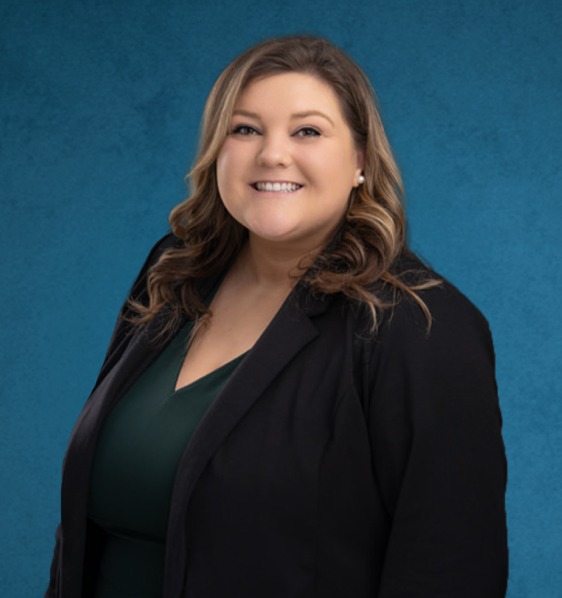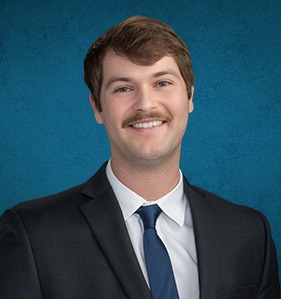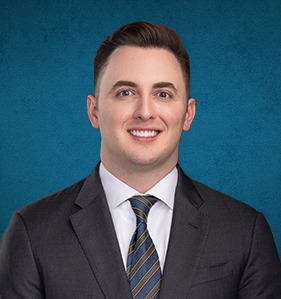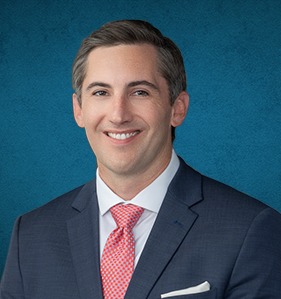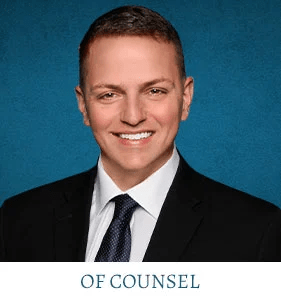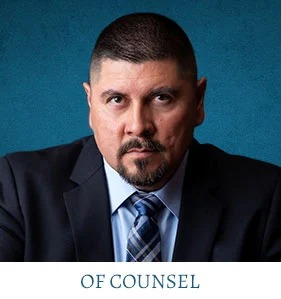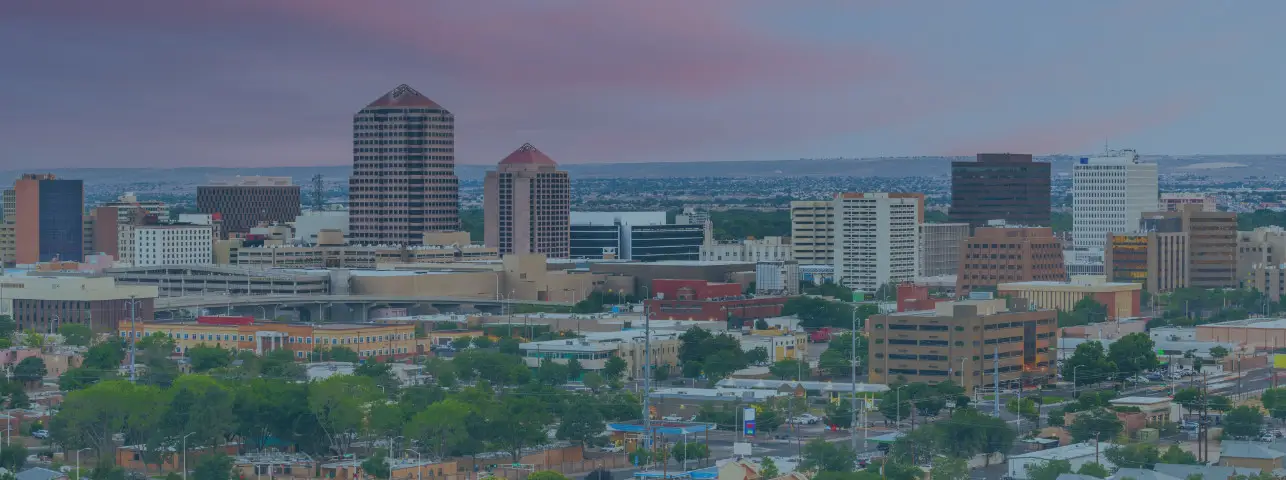Accidents can have a major impact on your life, causing not only physical suffering but financial difficulties as well. The aftermath of an accident can be confusing as you attempt to recover while also considering your potential options for pursuing the compensation you may be entitled to.
If you or a loved one has been injured in an accident in Fort Worth, the experienced personal injury attorneys at Zinda Law Group are available for a free consultation. You can learn more by contacting one of our personal injury lawyers. You will not owe us anything if we don’t win your case.
Free Consults24/7
Send Request NowLiability Requirements to Collect Compensatory Damages
To collect financial compensation, the plaintiff must prove that the defendant is liable for their injuries. This may be due to negligence, a breach of duty, or intentional misconduct. The following is a breakdown of what is required from accident victims to collect damages in a personal injury lawsuit:
Negligence
To pursue a personal injury claim, your Fort Worth personal injury attorney will need to determine who may be liable for the accident and if negligence may have played a role.
For example, if you were in a vehicle accident, your lawyer would need to investigate the collision to discover which factors may have contributed to the accident. Generally, four elements must be established to prove negligence in a personal injury case:
Duty of Care
A duty of care is an obligation a person has towards another to take certain precautions that could help prevent an accident, such as not driving while intoxicated or distracted or a business warning customers of potentially dangerous situations, like a freshly mopped floor.
Breach of Duty
Once a duty of care has been established, it must be proven that this duty of care was breached, meaning the proper precautions were not taken. If a driver is driving while drunk or looking down at their mobile device, or if a store fails to display a slippery floor warning, this may be a breach of duty on their part.
Causation
It must be established that the breach of duty caused the accident. This means the accident would not have occurred if the at-fault party had taken the appropriate precautions.
For example, if a driver had not been drinking or had been paying proper attention rather than using their mobile device, they would not have collided with your vehicle. If a store had provided a warning that the floor may be slippery, you could have avoided the area.
Damages
Lastly, your lawyer will still need to prove that you suffered actual damages, such as physical injuries or financial harm.
Intentional Harm
If you were injured through the intentional actions of another, you may be able to file a personal injury claim. Criminal actions may be brought against the perpetrator as well.
Strict Liability
In some cases, the other party may be strictly liable for your injuries. If you have been injured by a defective product, you may not need to prove negligence played a role. If the product design is flawed in a way that causes harm when used as intended, the manufacturer may be liable for any damages caused. Similarly, if a dog owner fails to obey relevant leash laws, the owner may be strictly liable for any injuries suffered from a dog bite.
CASE RESULTS
For a free legal consultation with a personal injury lawyer serving Fort Worth, call 800-863-5312
Financial Recovery Options for Personal Injury Victims
When an individual is injured due to the negligence or carelessness of another, they may be entitled to financial compensation. Depending on the circumstances of the incident and the extent of the damages sustained, recovering victims may be able to pursue various types of damages in a personal injury claim.
Typical economic and non-economic damages include:
- Property damage
- Loss of consortium
- Medical costs
- Loss of income
- Loss of benefits
- Disability
- Rehabilitation
- Emotional distress
- Home modifications
- Punitive damages (in rare instances)
- Wrongful Death (if applicable)
There are additional accident-related costs that the responsible party may owe you for your losses. It is best to calculate all fees with a personal injury lawyer in Fort Worth to include them in the demand letter to the insurance agency.
Personal Injury in Fort Worth lawyers near me 800-863-5312
 How does Comparative Negligence Impact a Personal Injury Claim?
How does Comparative Negligence Impact a Personal Injury Claim?
Texas uses a modified comparative negligence model when calculating compensation. This means that if you are found to share some of the blame for the accident, the amount of compensation you are entitled to may be reduced. The court may assign a percentage of the fault for causing the accident, and this amount reduces potential compensation.
For example, if you are assigned 10% of the blame for an accident and are found to have suffered $70,000 in damages, you may only be awarded $63,000. If you are assigned more than 50% of the blame, you may not be able to seek compensation.
Click to contact our Texas Personal Injury Lawyer today
Types of Accidents We Represent
We specialize in representing individuals who have suffered serious personal injuries as a result of someone else’s negligence. Our Fort Worth personal injury lawyers have almost two decades of combined experience handling a wide range of accident cases, including:
Car Accidents
Roadways can be dangerous places, and negligent behavior by motorists can often lead to serious accidents. Negligent behavior, such as driving while distracted, driving while intoxicated, drowsy driving, and speeding, may cause an accident. Our Fort Worth car accident lawyers can help you pursue legal action.
Truck Accidents
Truck accidents can be especially dangerous, often resulting in serious injuries or even death. Truck drivers may be attempting to drive too far with too little rest as trucking companies attempt to deliver goods as fast as possible over long distances. Fatigued drivers pose a serious risk to other drivers on the road, as they may be unable to pay proper attention to the road and the vehicles around them.
Motorcycle/Scooter Accidents
Motorcycle and scooter accidents can result in serious injuries for their drivers, as these vehicles are largely unprotected during an accident. Drivers who are not paying attention because they are distracted or tired may fail to notice such vehicles, and this inattentiveness can lead to a scooter or motorcycle accident.
Pedestrian Accidents
Motorists must always be aware of pedestrians to avoid an accident. According to U.S. News, pedestrian fatalities rise yearly as pedestrians lack protection if they are hit by a car. Pedestrians hit by a motor vehicle typically suffer more severe injuries than victims of normal car accidents.
Slip and Fall Accidents
Business owners are obligated to ensure that their premises are safe and take certain precautions to prevent accidents. Slip and fall accidents are common accidents that may result from negligence, such as a spill that was not addressed within a reasonable amount of time. These accidents are frequent and may result in serious injuries, such as broken bones and neck or spinal injuries.
Workplace Accidents
The workplace is often fraught with hazards, especially when heavy machinery or working from heights are involved. Employers have an obligation to provide appropriate safety equipment and training, as well as ensure all safety rules are being followed.
Sometimes, even if proper safety equipment is used, a construction accident may occur if tools and machinery are not properly maintained, and the employer may be liable for these accidents as well.
Product Liability
Consumers assume that a product they purchase will be safe to use and function as promised. Accidents and injuries may occur as a result of products that are designed or manufactured incorrectly or that lack adequate usage instructions. In such circumstances, the product’s manufacturer may be responsible for the harm that their creation causes.
Daycare Accidents
We put great trust in daycare centers, relying on them to provide care for our children while we are not able to do so. These facilities must ensure the children in their care are safe. They must take care to promptly neutralize any dangerous situation that may arise.
A failure to provide a safe environment for children under their care may result in an accident, and the childcare provider may be liable.
Complete a Free Case Evaluation form now
Personal Injury Victim’s Filing Deadline
The statute of limitations places a time limit within which you may file a personal injury lawsuit. In Texas, you have two years from the date of the accident to file a claim pursuant to Texas Civil Practice & Remedies Code Sec. 16.003.
Since there is not a wide range of time given for the injured party to file a claim, retaining the legal services of our personal injury firm will ensure that your claim is filed on time. If the deadline is missed, you may miss your chance to collect fair compensation.
How a Personal Injury Lawyer Can Help You Pursue Compensation
If you have been injured in an accident, trying to get your life back to normal can take a lot of time and work. Insurance companies may know you have bills that are rapidly coming due and try to offer you a low settlement amount to quickly settle your claim.
Insurers may try to drag out the process as long as they can in the hopes you will accept an offer for less than you may be entitled to because they have the time to wait while you may not have the same luxury. A fair settlement is not a luxury; it’s your right.
Our Fort Worth personal injury attorneys may be able to help you pursue a personal injury settlement in Fort Worth by leveling the playing field with the insurance company. By consulting and hiring an attorney, you are letting the insurer know that you are serious about your claim and intend to fight for the compensation you may deserve.
It is difficult for an individual to go up against the teams of insurance lawyers dedicated to minimizing the insurer’s payout. Still, a personal injury lawyer can help you understand your rights. If you have been injured in an accident, consult a Fort Worth personal injury lawyer as soon as possible to help protect your rights and seek maximum compensation.
Get a Case Evaluation from Zinda Law Group
At Zinda Law Group, our experienced lawyers may help you with your claim. We assist our clients in seeking maximum compensation after they or a loved one have been injured in an accident.
Connect with one of our highly rated Fort Worth personal injury attorneys for a free consultation. As one of our clients, you will be charged on a contingency fee basis, so you will not pay anything unless we can win your personal injury claim. That’s our No Win, No Fee guarantee.
Our Awards
AWARDED TO JOHN C. (JACK) ZINDA BY THE NATIONAL TRIAL LAWYERS ASSOCIATION (2016-2020)
AWARDED TO JOHN C. (JACK) ZINDA (2009, 2011-2012, 2014-2021), & NEIL SOLOMON (2020-2021)
AWARDED TO JACK ZINDA (2016-2020)
LIFETIME MEMBERS JOHN C. (JACK) ZINDA
Call or text 800-863-5312 or complete a Free Case Evaluation form


 How does Comparative Negligence Impact a Personal Injury Claim?
How does Comparative Negligence Impact a Personal Injury Claim?










